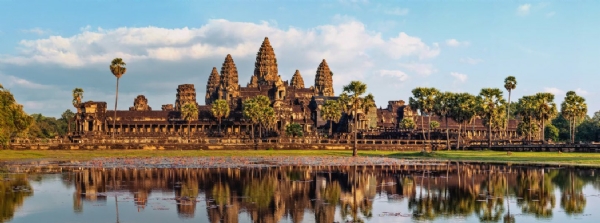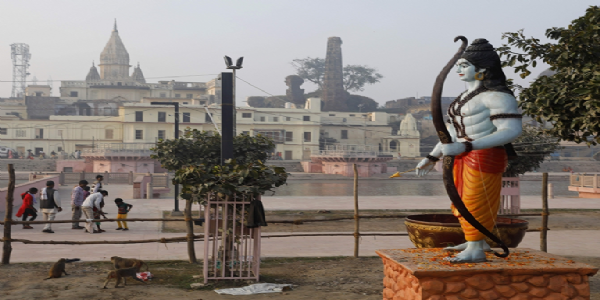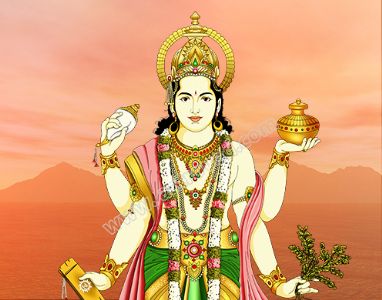NB Twitter Scan | Angkor Wat & remains of ancient Hindu Dharma in Cambodia! Here is all you need to know:
Another impressive aspect of Angkor Wat is its extensive system of hydraulic engineering. The temple was designed to collect and channel water from nearby rivers and lakes, which was then used to irrigate crops and supply the temple with water.
Total Views | 122
Angkor Wat is an enormous Buddhist temple complex located in northern Cambodia. Comprising over a thousand buildings and covering some 400 acres, it is the world’s largest religious structure. But do you know that it was originally built in the first half of the 12th century as a grand Hindu temple dedicated to the god Vishnu.

The word “Angkor” means “capital city” in the Khmer language, while the word “Wat” means “temple." Its original name was Vrah Vishnuloka or Parama Vishnuloka, meaning the sacred dwelling of Vishnu in Sanskrit.
Initially, Angkor Wat was designed as a Hindu temple, as that was the religion of the region’s ruler at the time, Suryavarman II. It was constructed in the city which was then called Yashodhapura, which served as capital of Khmer empire.
900 years ago, it took 4K+ elephants and one person from every single family in the kingdom, 37 yrs to build this Temple.
— Raghu (@IndiaTales7) April 5, 2023
Angkor Wat- The Temple of Bhagwan Vishnu Ji, carved with Mahabharata & Ramayana epic, that Bharata once had, but India never! pic.twitter.com/prE0YEw1oq
Work began on Angkor Wat in 1116, three years after King Suryavarman II came to the throne. The construction of Angkor Wat is thought to have taken approximately 30 years, 300,000 laborers and 6,000 elephants, according to inscriptions.
The temple complex is surrounded by a moat and consists of several levels, with the central tower rising to a height of over 200 feet. The design reflects Hindu beliefs, as it was built to represent Mount Meru, the mythical home of Hindu gods.
2. Angkor Wat Temple complex, Cambodia pic.twitter.com/KoXsSan0wl
— Raghu (@IndiaTales7) March 27, 2023
There are many sculptures and bas reliefs that explains stories of Hindu puranas, including the Samudra Manthana.
Some of the epic scenes show the Battles of Kurukshtra between the Kaurava and Pandavas, the Battle of Lanka between Ravana - the Demon King of Lanka and Bhagwan Rama - the Prince of Ayodhya! Notably, many inscriptions in the temple are also in Sanskrit.
Some of the epic scenes show the Battles of Kurukshtra between the Kaurava and Pandavas, the Battle of Lanka between Ravana - the Demon King of Lanka and Rama - the Prince of Ayodhya! pic.twitter.com/AXOdyiChsG
— Suchi Sharma (@Suchi_sharma_) October 5, 2022
Another impressive aspect of Angkor Wat is its extensive system of hydraulic engineering. The temple was designed to collect and channel water from nearby rivers and lakes, which was then used to irrigate crops and supply the temple with water.
Angkor Wat continued to be a Hindu temple until the 1300s, when it was formally rededicated as a Buddhist site. Angkor Wat is a unique blend of Hindu and Buddhist architecture and symbolism, reflecting the Khmer Empire's religious and cultural evolution over time.
Today, Angkor Wat is a UNESCO World Heritage Site and a major tourist attraction, drawing visitors from all over the world to marvel at its beauty and history.
Bharati Web






